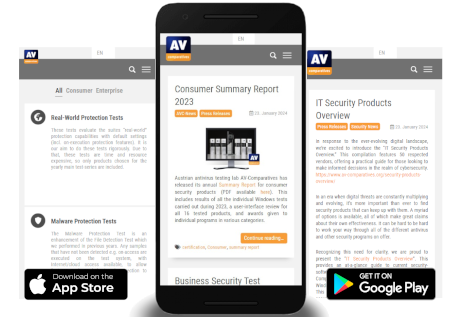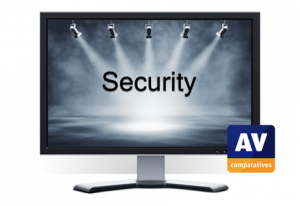The Significance of NIS-2 Compliance and AV-Comparatives’ Role
The growing digital ecosystem demands companies to adhere to comprehensive cybersecurity frameworks. This blog post focuses on the importance of NIS-2 regulations and outlines ten risk management measures crucial to compliance. Additionally, we highlight how AV-Comparatives’ testing aligns with NIS-2 goals by fostering informed decisions.
The Imperative Nature of NIS-2 Compliance
The NIS-2 directive, an enhancement of the original NIS directive, emphasizes a resilience-oriented and risk-based approach to enhance the security of vital digital infrastructure. Companies must be knowledgeable about and follow NIS-2 regulations, as non-compliance can lead to severe consequences that may not only tarnish their reputation but also hamper operational efficiency.
10 Minimum Risk Management Measures
Compliance with NIS-2 requires the implementation of effective risk management measures. Here, we briefly outline ten key measures:
- Concept Risk Analysis and Security for Information Systems: Adopting a systematic approach to identify potential risks and incorporate robust security measures in information systems.
- Security Incident Management: Establishing response and reporting procedures for security incidents to ensure timely resolution and prevention of recurrence.
- Business Continuity and Crisis Management: Developing comprehensive plans to address disruptions, maintain operations, and contain crises.
- Supply Chain Security: Incorporating security requirements in third-party vendor relationships to ensure a trustworthy supply chain.
- Security Measures for ICT Acquisition/Development/Maintenance: Ensuring secure acquisition, development, and maintenance of ICT systems with a focus on minimizing vulnerabilities.
- Evaluating the Effectiveness of Risk Management Measures: Assessing implemented measures to gauge their efficacy in mitigating risks.
- Cyber Hygiene and Cybersecurity Training: Promoting cyber hygiene best practices and regular security training for organizational resilience and risk reduction.
- Cryptography and Encryption: Implementing encryption where appropriate to protect sensitive data (both in transit and at rest) from unauthorized access.
- Staff Security and Access Control Concepts: Incorporating strict measures for personnel access control and monitoring to secure sensitive resources.
- Multi-factor Authentication: Utilizing multiple factors to verify user authenticity, reinforcing overall account security.
AV-Comparatives: Supporting Compliance Through Informed Decisions
AV-Comparatives aids in making informed decisions with regard to cybersecurity in the following ways:
- Expertise: Our in-depth analysis of cybersecurity solutions allows professionals to choose from various reliable options for regulatory compliance.
- Independence: We ensure unbiased testing, providing a trustworthy source of information when selecting security measures.
- Clarity: We distill complex technical concepts into clear, concise explanations that facilitate comprehension and implementation.
Conclusion
Understanding the essence of NIS-2 regulations is crucial for companies, as it has a direct impact on their operational integrity within the digital ecosystem. By learning about the ten minimum risk management measures, companies can better their defense strategies. AV-Comparatives, with its dedication to expertise, independence, and clarity, serves as a vital ally in supporting NIS-2 compliance through informed decision-making.









